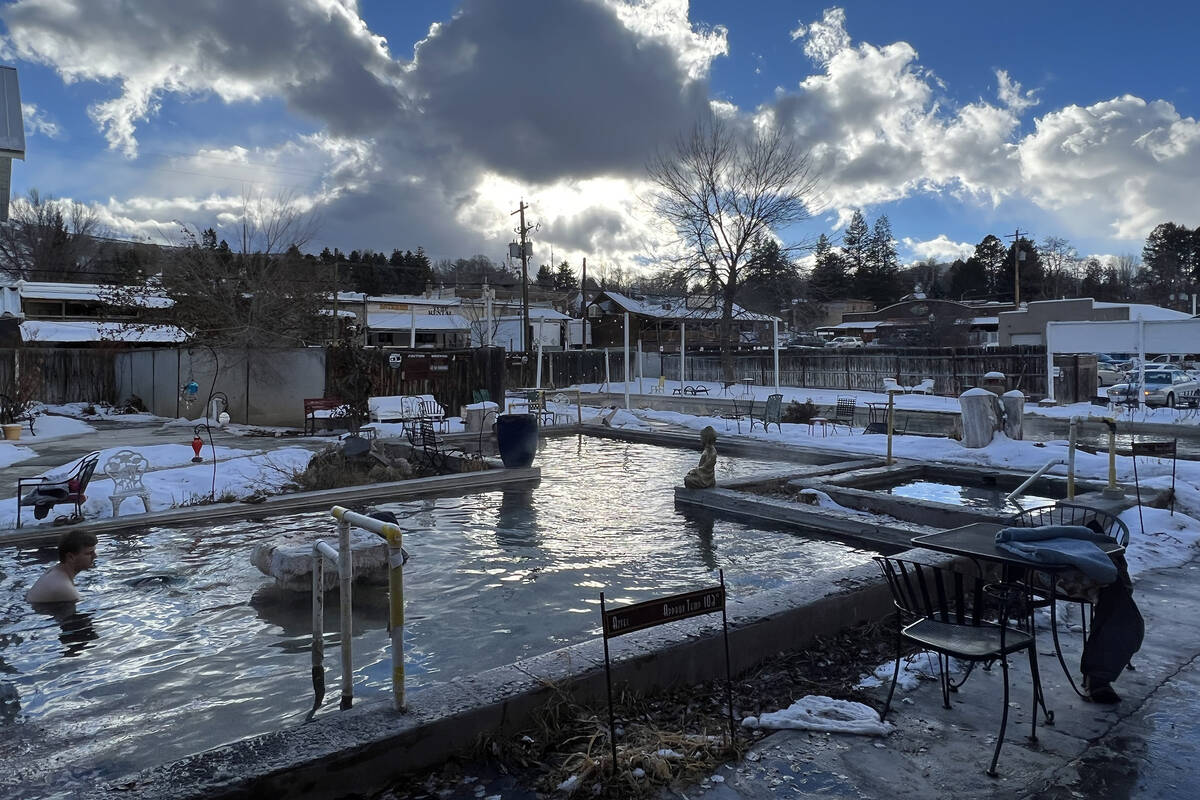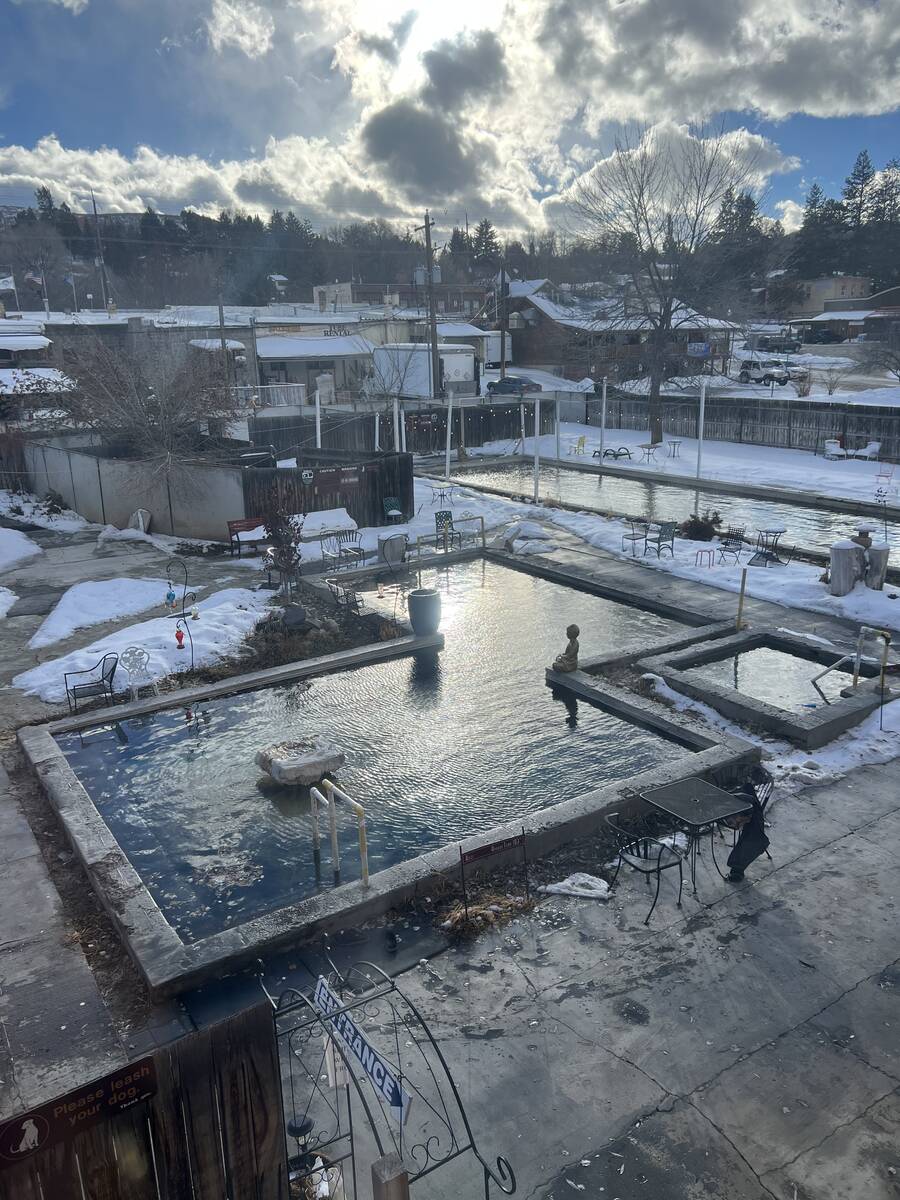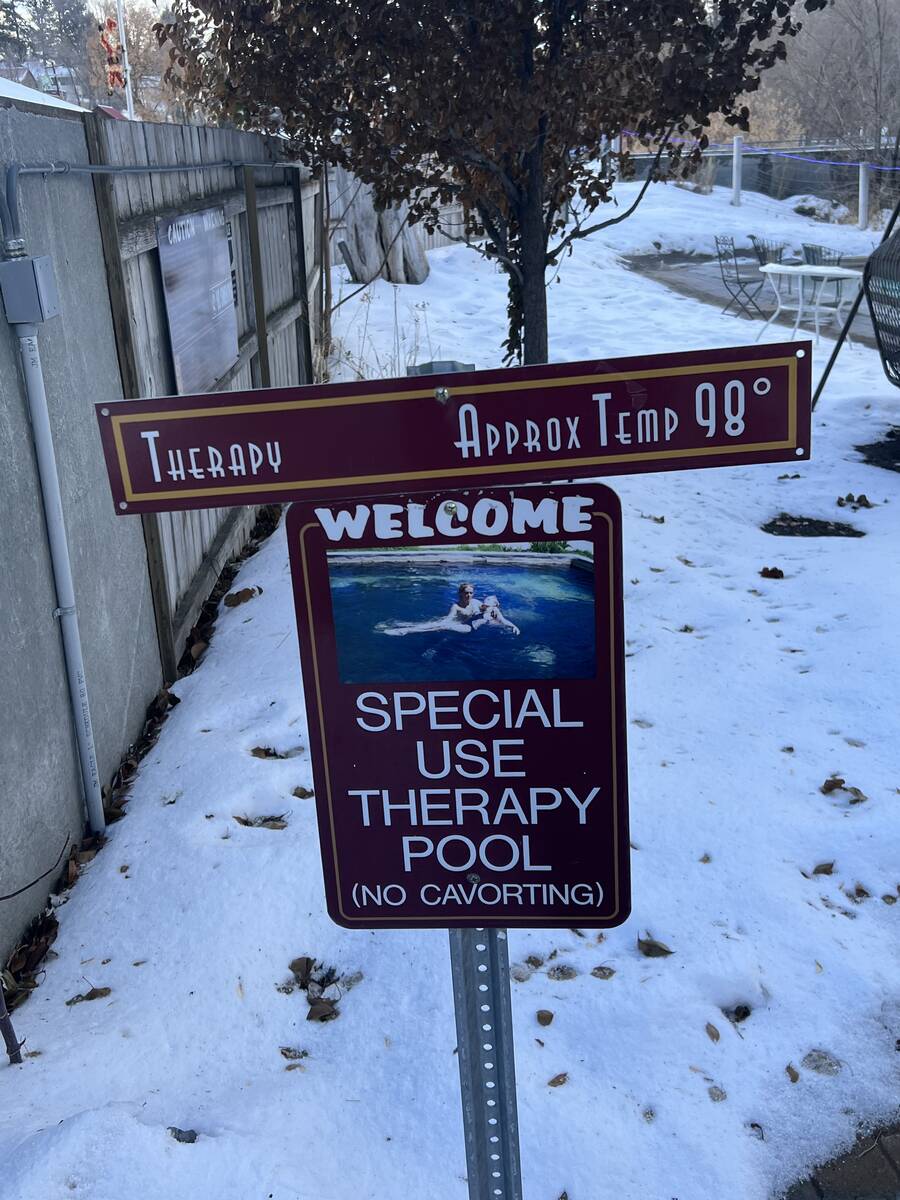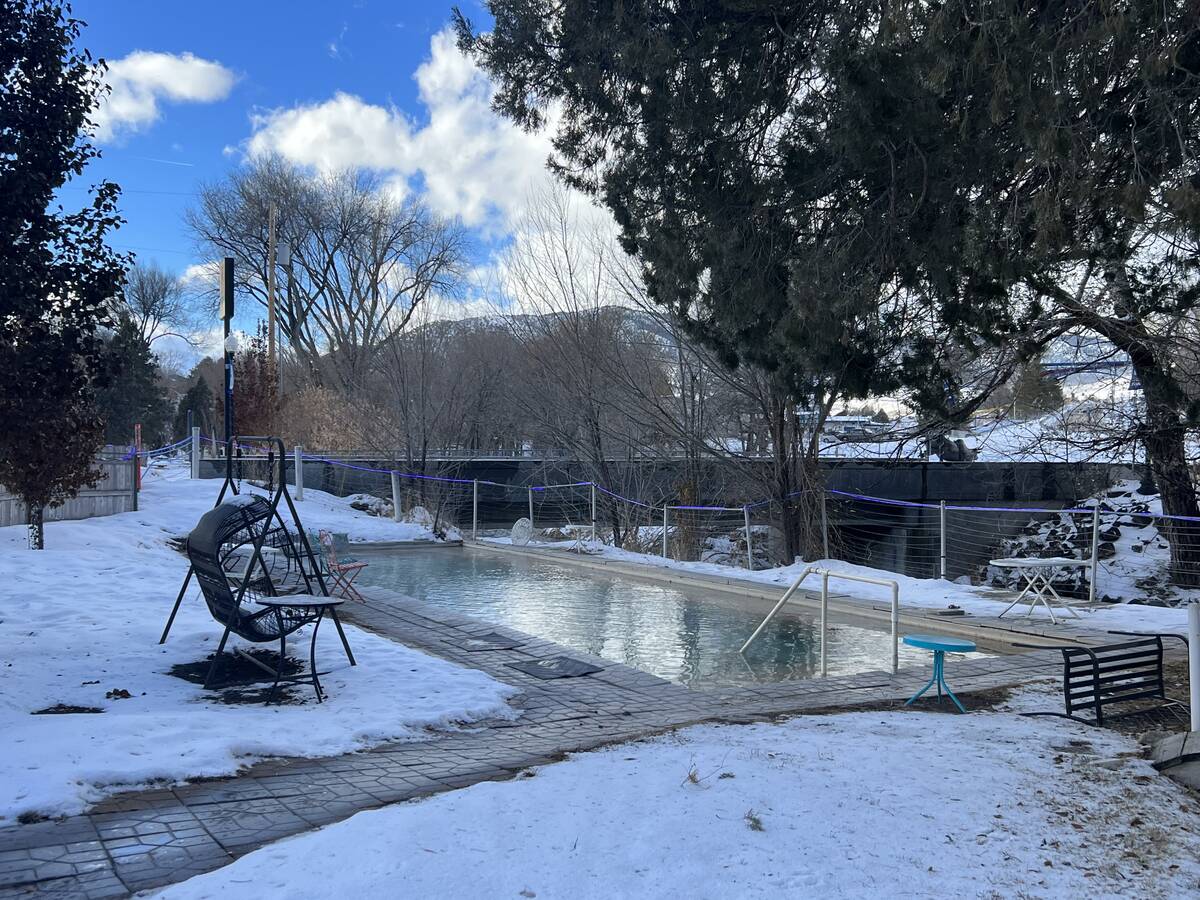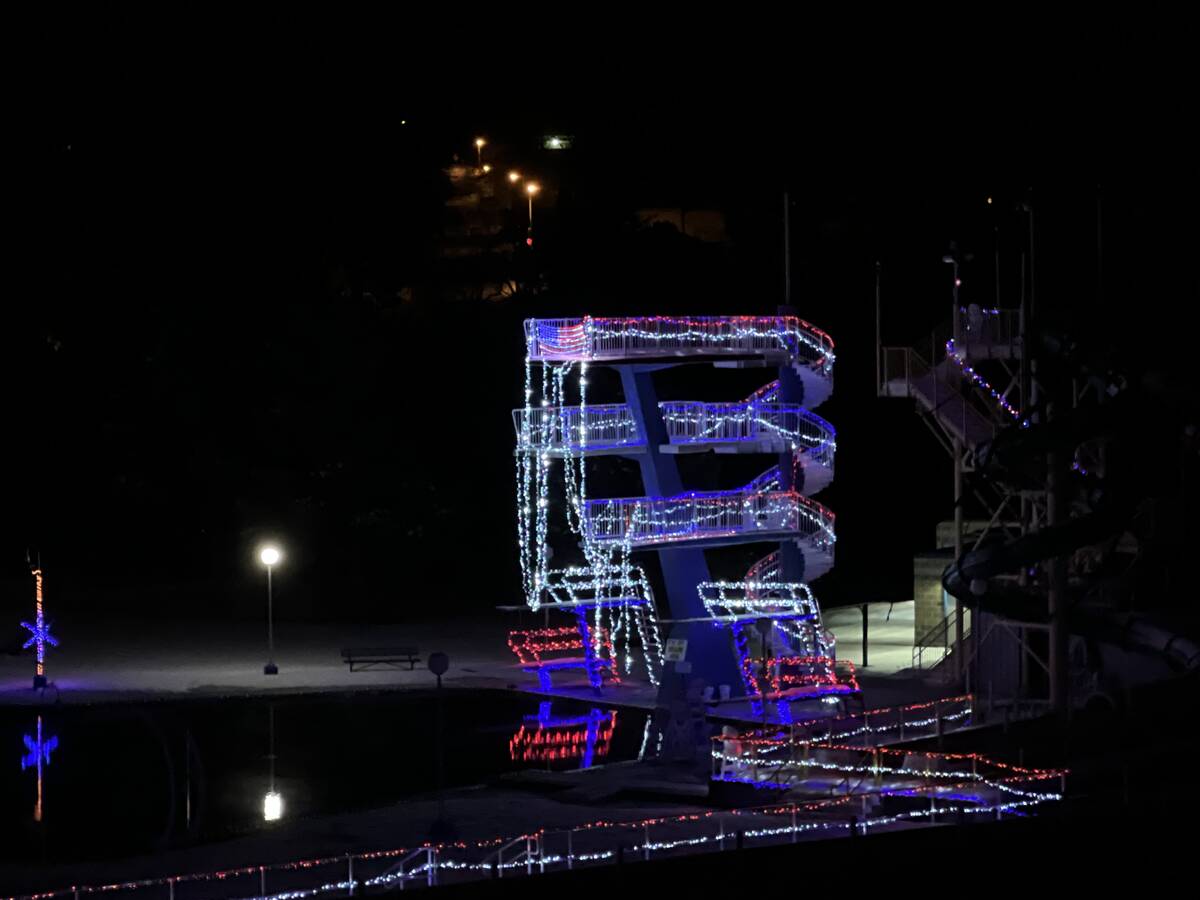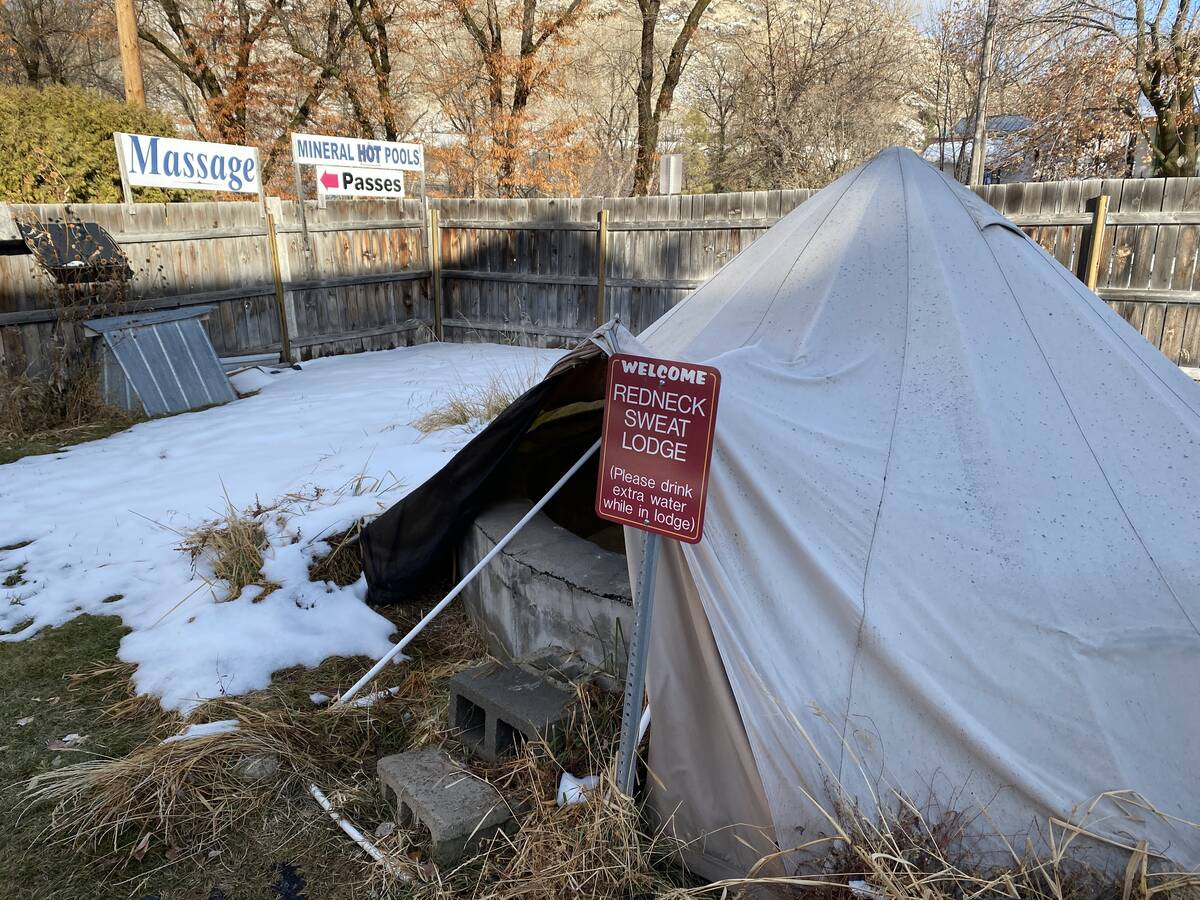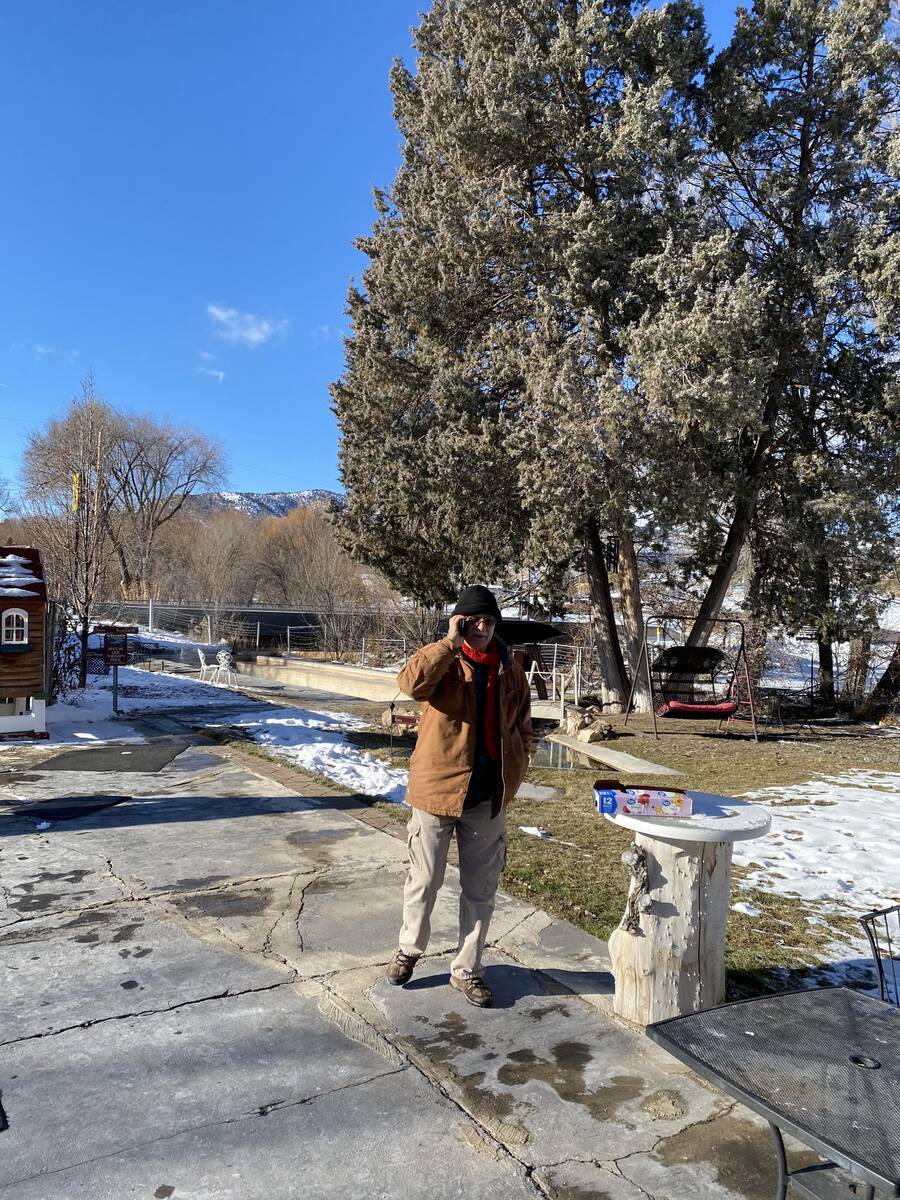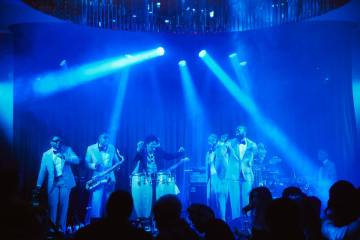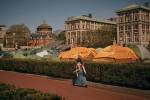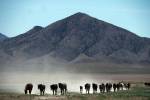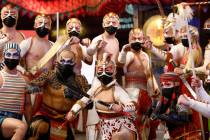The well runs deep for Idaho holiday memories
POCATELLO, Idaho — We used to play a game with no name when we were kids. But if it had a name, it would have been, “Racing Stuff Down the Gutter.”
My brother, Bill, and I would drag the garden hose from our house to the gutter, then turn on the water, full blast. We would then collect any available items, such as pine cones or chestnuts that had fallen from nearby trees.
Then we’d drop them into the little creek we’d created.
The street, South 11th Avenue in Pocatello, was built on a slight incline. Coupled with the surge of water, that was enough to give these organic racing figures the momentum to put on some fairly thrilling races. We even raced our Matchbox and Hot Wheels cars on the watery drag strip.
We kept a tally of who won how many races, and exceptionally successful pine cones were saved for future competitions. These races went on for hours. And years.
Water was like a toy in those days. We did not need much more than a hose and sprinkler to turn our front yard into a water park. We loved visiting the hardware section of the local Super Save shopping center to check out the sprinkler technology. We had the Thompson Twin (known as Owl Eyes), which spouted dual fountains from a dual metal piece that crewed into the hose. We also had the brass Rain Bird rat-a-tat-tat sprinkler heads, which spun in a circle. This was great for larger events.
The object was twofold: 1) to skirt the water and try to remain dry; and, 2) to become happily drenched.
Water balloon fights were for formal parties (they seemed a lot of work to achieve the obvious).
I cracked up when Sebastian Maniscalco, during his latest Netflix special taped at Encore Theater, recalled how his family’s kitchen-sink faucet was decorated with a rubber rainbow of balloons that snapped while being filled.
Ours was the garden hose outside. This was a real result of the water balloon fight experience.
Water seemed forever. We never imagined it would be unavailable or rationed, or someone telling us to cut off the hose or shut down the sprinklers. I don’t recall hearing the word “drought” until we moved to Chico, California, just before I turned 13. I also remember years later, flying into Las Vegas for the first time in the late-1980s, looking down on a filled-to-the-brim Lake Mead and being struck at how very permanent it seemed.
Our family is very fortunate to still have water so prevalent in our lives. It remains a therapeutic, recreational and galvanizing effect at my favorite place that is not Las Vegas, the Lava Hot Springs Inn, owned by my father, Dr. George “Daddy Kats” Katsilometes. Lava is about a 30-minute trek from Pocatello, or “Poky,” in local-speak. Take I-15 to Highway 30, head east at the McCammon exit, and you’ll come upon it.
The magic of the Inn, and of the town, is only enhanced by water’s widespread scarcity everywhere else.
I’ve checked in previously during the holiday season about the inn’s qualities. The main brick building was finished in 1924. The fortress was originally the Lava Hot Springs Sanitarium, designed to treat military personnel, until 1957. It functioned as a nursing home until 1985, when it was shut down and fenced off. Dad took it over in ’88, and soon drilled to strike natural mineral water (better than gold or oil, as we say) on the property.
That water is capped at around 100 degrees for the happy soakers. Today, three wells pump out more than 600,000 gallons a day. Water is also sent to the Portneuf River, which runs through Lava and past the Inn, and eventually into the Snake River.
Over time, Dad has incrementally created something of an aquatic oasis of seven historic buildings with more than 30 rooms and several outdoor pools. In a landmark civic moment, Zak Bagans visited the Inn several years ago for an episode of “Ghost Adventures.” We had always said if anywhere was haunted, it would be Lava Hot Springs Inn, for its decades of medical procedures, and for those who perished in the building.
There is even a room No. 13, where a female ghost has (reportedly) spooked some guests. As Bagans said during the episode, the Inn is “a nuclear reactor for spirits.”
Believe what you like. I buy into the Inn’s spirit, in living form, from those who visit to enjoy a good soak and to chase away the stress. You can drink this water, and we do, filling cups of tea with water pumped from below. Only about 400 people live in Lava, but people arrive from all over the world to relax in the hot baths that encircle the main building.
During this trip I met a family who with a daughter who had just recently turned 30. She first visited the Inn when she was age 3, splashing while learning her first swim strokes in the main bath, called the Aztec Pool.
One of the members of the group had brought out a beanie cap, as it was nighttime and the temperature was dropping. But he said he wasn’t putting it on because it was “only” about 32 degrees, just at the freezing level.
“Were you out here a couple nights ago?” he asked. “It got down to about 10. That’s beanie weather.”
At this writing it’s 7-below zero in my original hometown. Beanie weather, for sure.
These holiday trips to Idaho carry a hint of finality. We don’t know how long the Lava Hot Springs Inn vibe will last, what shape the business will take in the coming years.
But we know our old house on South 11th was razed long ago (we can’t seem to shake historic demolitions) to make way for the Portneuf Therapy Center. The parcel where so many memories were created is helping people feel better. It’s only right. With a cup of Lava Hot Springs tea, we toast that ideal, the good health of everyone, and all the future holds.
John Katsilometes’ column runs daily in the A section. His “PodKats!” podcast can be found at reviewjournal.com/podcasts. Contact him at jkatsilometes@reviewjournal.com. Follow @johnnykats on Twitter, @JohnnyKats1 on Instagram.



